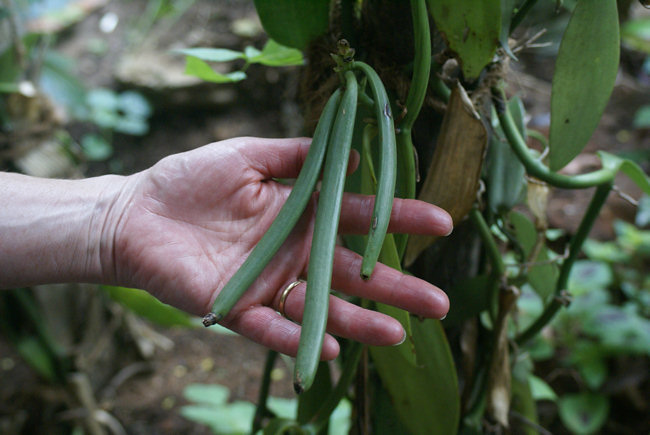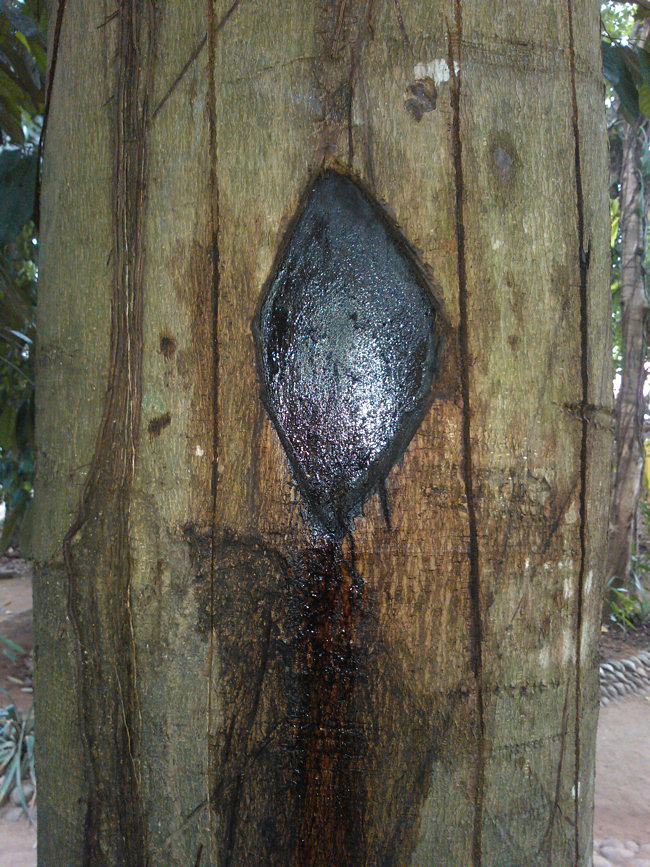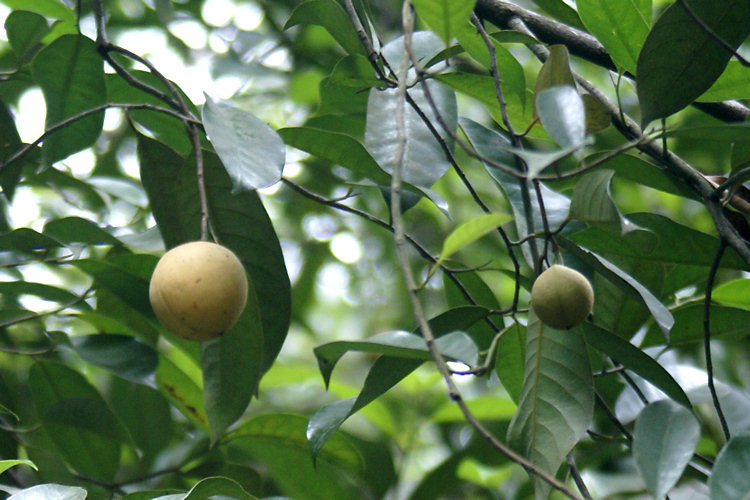Kandy Spice Gardens
For over 2,000 years merchant traders have been landing at Sri Lanka to buy spices. The island has an ideal climate for growing many spices that the world demands like pepper, nutmeg, cloves, cinnamon and cardamom. You have to be careful where you go that you do not get ripped off.
Visit commercial spice gardens with your eyes wide open. They want your money but strangely they are usually free to entre. Your guide will give you a talk as you go around the small plantation and show you the different spice plants and their fruit, bark, sap or nuts. Some Spice gardens will use their products on you by giving you a massage.
The first con is that you are then expected to give the masseur a good tip even though you did not ask for the massage. Next is the shop at the end of the tour. Here you can buy lots of the spices herbs and potions. They are very expensive and you are expected to buy something.
Now don't get me wrong I was fascinated seeing all the spices growing naturally and learning about them from a well informed educated guide, but I would rather have paid an entrance fee and not felt uncomfortable and being expected to buy expensive products I did not really want.

Kandy Spice Gardens in Sri Lanka - vanilla pods
How does vanilla grow ?
As you can see from the photograph above, it grows on a vine that climbs up trees, rocks and other plants. Farmers sink large poles into the ground as supports and then train young Vanilla plants to climb up them. The Vanilla plant is part of the orchid family and originated in Mexico. It was introduced to Europe by the early explores bringing back plants and crops in the early 1500s.
Attempts to grow the plant outside south and central America failed. The plant would grow but it would not pollinate and produce the pods. It needed a special Mexican bee. It wasn't until the mid 1800s that the discovery of how to hand pollinate these plants was made. This allowed for the world wide cultivation of Vanilla.
The growing of vanilla is very labour intensive and has made it the second most expensive spice after Saffron. The long thin pods look like runner beans. Workers have to inspect their plants every day for new flowers. They only last one day and have to be hand pollinated. If the farmer misses this opportunity he does not get any crop. Vanilla produces the best crop in hot humid climates. It takes six months for the pod to mature.
When the farmer sees pale yellow decolourisation of the green pod at the end of the pod he knows it is ready for picking. They do not ripen at the same time. Vanilla again requires the farmer to inspect every plant daily to harvest those pods that are ready for picking. They must be picked by hand just as the the end begins to split open. If they are not picked at the correct time then their value at market is reduced. Each pod contains thousands of valuable vanilla seeds. The picked pods are dried and then sold.

Kandy Spice Gardens in Sri Lanka - Sandalwood sap
How is Sandalwood made?
The Sandalwood tree produces three products, a scented oil, ground bark and wood. The mature tree's bark is cut and the sap produced by the tree is collected. The fragrant oil is used in medicine, perfumes and religious ceremonies.
How does Nutmeg and Mace grow
The answer is on a tree in a hot tropical humid climate as you can see in the photograph above. The trees can grow over 25 feet tall. They take a long time to mature. They produce their maximum yield of fruit when they are about 21 years old. The first harvest is normally about 8 years after planting. They have glossy leaves and have a yellow blossom that when pollinated produces the light golf ball size fruit.
The nutmeg part of the fruit is the central stone like seed. It is encased in a red web like substance. This is the spice Mace. The fruit turns yellow when ripe and the outer husk splits. Most farmers normally waits until they fall to the ground. This process is labour intensive as they have to check the ground around each tree every day. The fruits damage if left on the ground too long.

Kandy Spice Gardens in Sri Lanka - Nutmeg and mace fruit
Nutmeg is used in a powdered form to add flavour to dishes. It is slightly sweeter than Mace. The red mace is cut off the seed and flattened. It is then dried on mats in the sun for about 2-4 hours and then it is cured by storing it in the dark for about four months until it has turned pale yellow. Steam distillation of ground nutmeg produces essential oils used in the medical drugs and perfume industry. When nutmeg is crushed it produces nutmeg butter which is used as an industrial lubricant and as a replacement for cocoa butter.
Travel books

